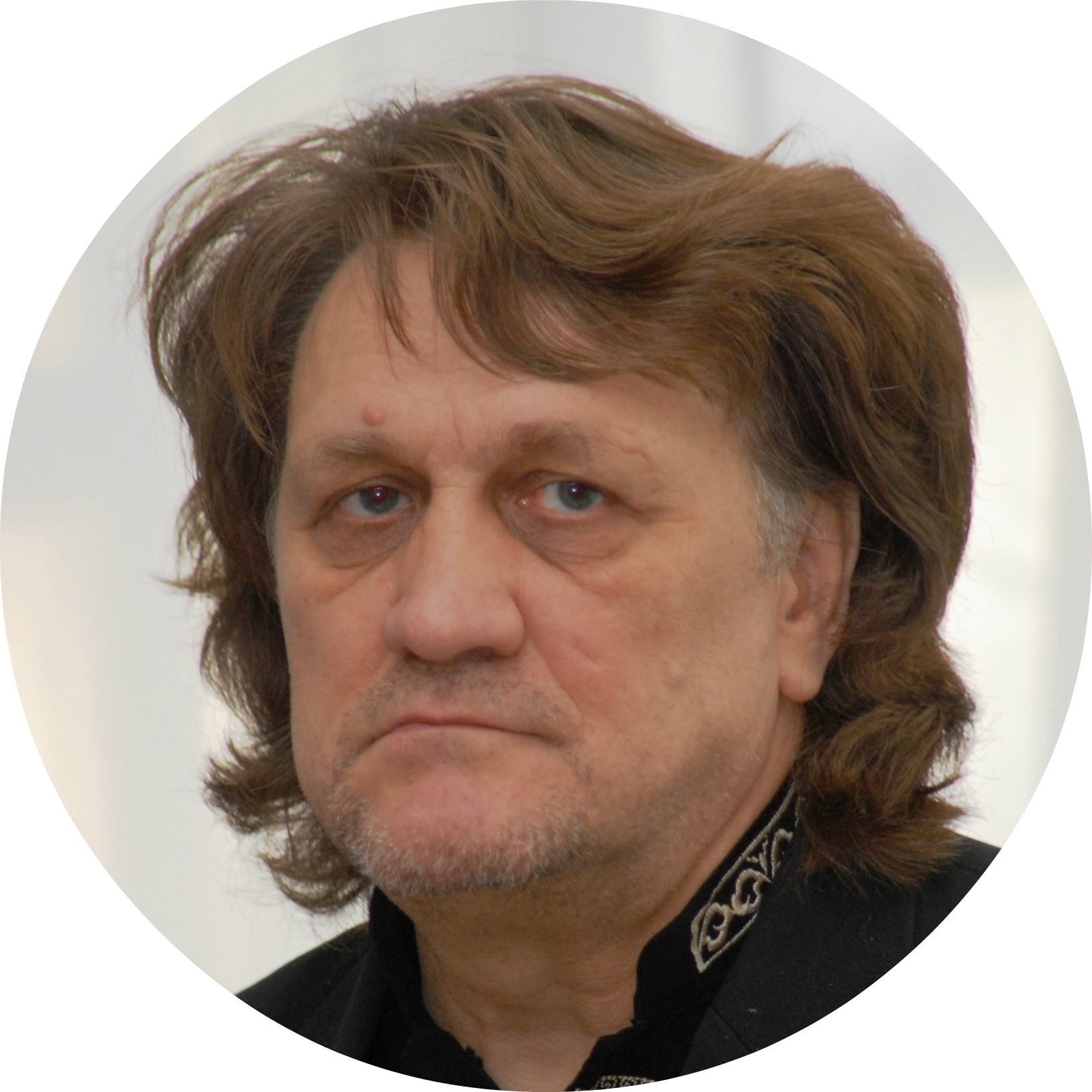The problem of development of Islam in the Far East and, in particular, in the Amur region is studied insufficiently in detail, and a number of aspects weren't investigated in general. All this causes various pseudo-scientific opinions, sometimes politized ones. At the same time there is ignoring of historic facts, or interpretation of them based on narrow-minded conjectures. The article attempts to give a complex retrospective of the development of Islam in the Amur region from the time of appearance of the first Muslims up to now. The research is based on the analysis of materials given by methods of statistics, accounting, and depth interviews, as well as historical sources from archives of Ufa, Khabarovsk, and Vladivostok, part of which is being introduced for scientific use for the first time. The authors note a tendency to creation of ethnic and regional communities respectively seeking to cultivate traditions inherent in native lands in the Far Eastern territory. As a result of migration and demographic processes there is a change of its ethnic kernel – from Tatar to Central Asian and North Caucasian ones. Despite the small number, the Amur Muslims became an integral part of the religious landscape of the region having occupied the important niche.
Key words: Islam, mosque, imam, Tatars, Bashkirs, development, migrants, Cossacks, community, Far East
DOI: 10.22250/2072-8662.2017.3.32-48
About the author
 |
Alexey N. Starostin – PhD (History), Head of the Department of Political Sciences, Ural Federal University; 51 Lenin str., Yekaterinburg, Russia; This email address is being protected from spambots. You need JavaScript enabled to view it. |
 |
Alexander P. Yarkov – DSc (History), Professor, Leading Researcher of Expert Scientific Center for Counteraction of Ideology of Extremism and Terrorism, Tyumen State University; 6 Volodarskogo str., Tyumen, Russia; This email address is being protected from spambots. You need JavaScript enabled to view it. |






